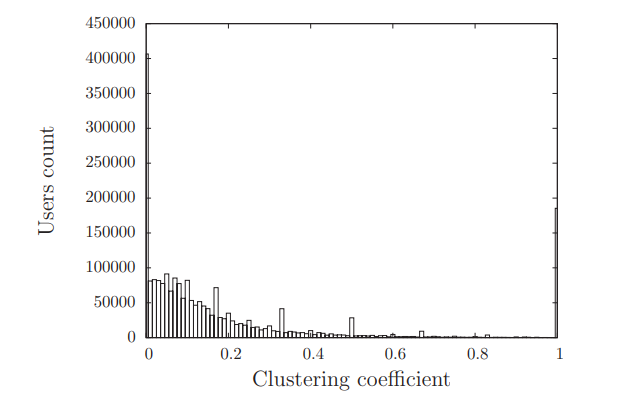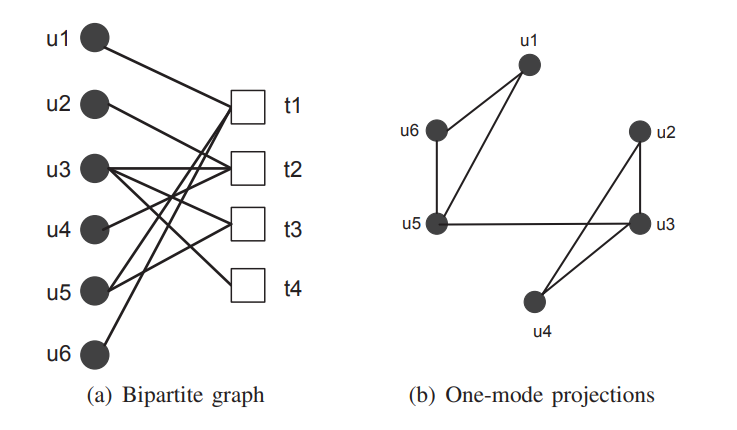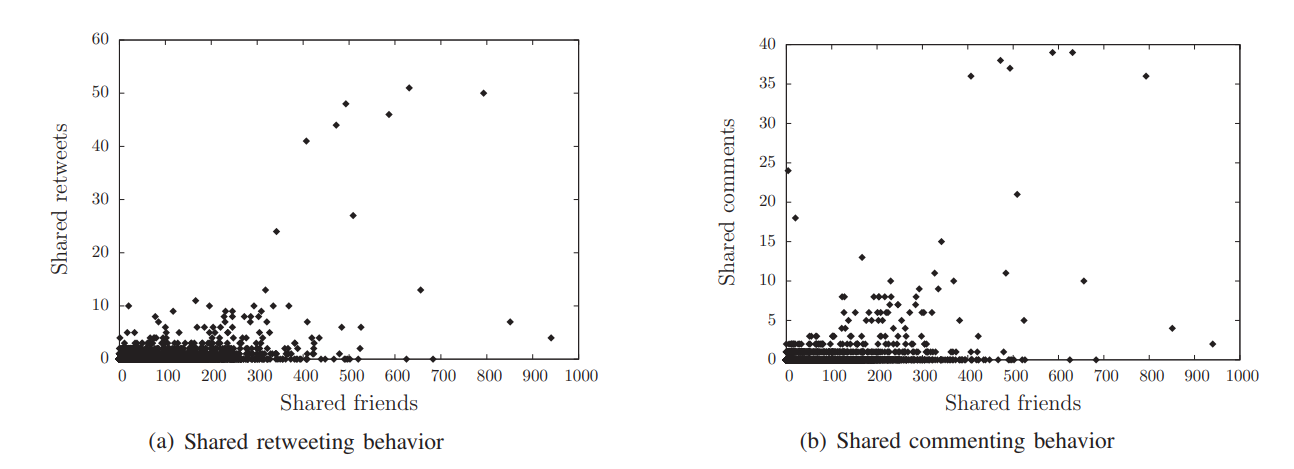Introduction
Sina Weibo is one of the most popular blogging services in China. The total user number of Sina Weibo now reaches 582 million this year. Factors affecting user activities have received significant attention from the research communities. Why is this important? Learning how user activities are affected could help the application provide more precise recommendations to users. This blog is going to introduce a study on the influence of user relationships on Sina Weibo user activities, especially retweeting and commenting, with the clustering coefficient of the Weibo community graph and bipartite graphs.
Analysis
In order to have a more closely connected user set, this study choose to collect all the Sina Weibo users in Shenzhen based on users’ geometrical location. The reason why this study needed to find a closely connected user community is that they wanted the collected users to have similar or shared social interests, for instance, local events and news. A Weibo community graph was generated based on all these collected users. Each node on the graph represents a Weibo user and edge points from node A to node B exists if user A follows user B on Weibo. The clustering coefficient of this graph was used to analyze the closeness of these collected users on Weibo. The clustering coefficient of each user was calculated as follows: Given a user u with m followers in the graph. The total possible number of relationships/edges between the followers of u is m*(m-1). Let x be the real total number of relationships/edges between the followers. The clustering coefficient of the user u is x/(m*(m-1)).
The figure below is a graph of the clustering coefficient distribution of users in the Shenzhen Weibo community. The graph shows that the clustering coefficients of most of the users are extremely small or even 0.

Next, use a bipartite graph to analyze if shared friends could have any effect on user behavior. (Note that two users are friends if they follow each other). Below is how the bipartite graph is generated. (u1, …, u6 are users and t1, …, t4 are tweets)

If user u retweets tweet t, then there exists an edge between u and t in the bipartite graph. In the one-mode projections graph, user a and user b are connected if they both retweet at least one tweet. The same bipartite graph and the corresponding one-mode projections graph were also generated for user commenting behavior. Based on these graphs, the figure below shows the shared retweeting and commenting behaviors of users in Shenzhen Weibo community.

The result shows that a high number of shared friends does not always lead to a high number of shared/similar retweets and comments.
Conclusion
The conclusions on the clustering coefficients show that users in Shenzhen Weibo community are not likely to form small closely connected communities. Even if two users have a high number of shared friends, they are still not likely to have similar retweeting and commenting behaviors. This is not what we usually think since we always believe that our behaviors on social media are highly affected by our friends. From this study, we may conclude that Weibo provides users with a platform to express themselves and be themselves. Familiar users may not interact as much.
Sources
Kai Lei, Kai Zhang, & Kuai Xu. (2013). Understanding sina weibo online social network: A community approach. 2013 IEEE Global Communications Conference (GLOBECOM). https://doi.org/10.1109/glocom.2013.6831550
Thomala, L. L. (2022, June 22). Weibo corporation: Maus 2022. Statista. Retrieved October 21, 2022, from https://www.statista.com/statistics/795303/china-mau-of-sina-weibo/